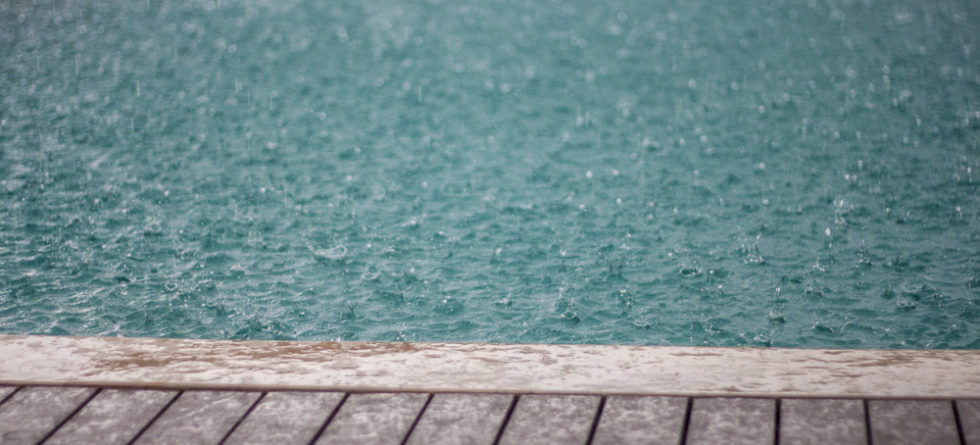When a swimming pool is full from rainwater, there are a few steps that you can take to prevent any damage to the pool and maintain proper water balance:
- Check the water level: First, check the water level in the pool to see if it is overflowing. If the water level is too high, it can cause the water to spill over the pool’s edges and potentially cause damage to the surrounding areas. Use a pool skimmer or a submersible pump to remove excess water and bring the water level back to a safe level.
- Check the water chemistry: Heavy rainfall can dilute the pool chemicals, which can affect the water balance and potentially lead to algae growth and other issues. Test the water chemistry using a pool testing kit and adjust the chemical levels as needed. You may need to add more chlorine or pH stabilizer to balance the water chemistry.
- Shock the pool: Rainwater can bring in contaminants like bacteria, dirt, and debris, which can affect the water quality. It’s a good idea to shock the pool with a high dose of chlorine to kill any bacteria and sanitize the water. Follow the instructions on the chlorine shock product to add the correct amount to the pool.
- Clean the pool: After a heavy rainstorm, there may be debris like leaves and branches in the pool. Use a skimmer net or pool vacuum to remove any debris from the pool. This will prevent it from clogging the pool filter and potentially causing damage to the pool’s circulation system.
- Maintain the pool: Regular maintenance is crucial to keep the pool in good condition. Make sure to check the water level, water chemistry, and clean the pool regularly to keep it in optimal condition.
By taking these steps, you can prevent any damage to the pool and ensure that the water is safe and comfortable for swimming. Remember to take precautions during heavy rainfall to prevent the pool from overflowing and causing damage to the surrounding areas.

